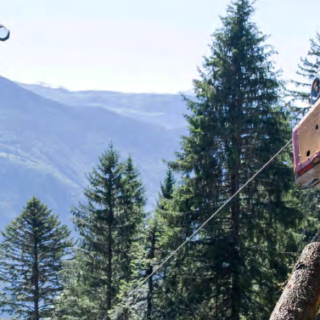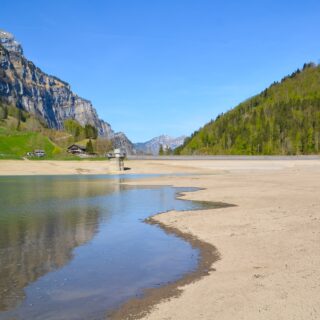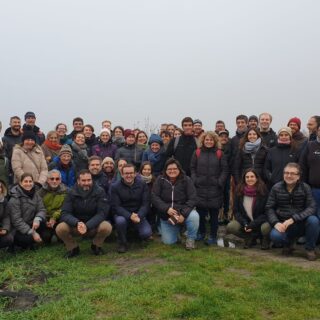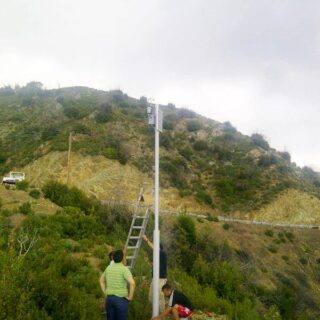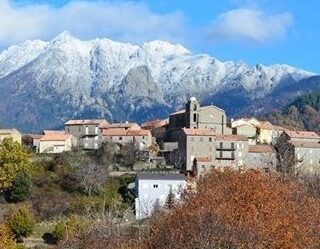We are pleased to invite you to the 5th forest innovation workshop, a biennial European initiative which promotes networking and exchanges among the community of forestry and wood industry innovators and actors.
Forests
Forest Innovation Workshop 2020
We are pleased to invite you to the 4th forest innovation workshop, a biennial European initiative which promotes networking and exchanges among the community of forestry and wood industry innovators and actors.
Formicable: training professionals in cable skidding for a sustainable mountain timber industry
The actions carried out have made it possible to take advantage of cross-border cooperation and neighbouring skills to support the development of the regional timber value chain and the mountain sector.
No indiscriminate afforestation in the mountains: Euromontana welcomes European Commission guidelines
Afforestation of mountain areas can be counterproductive for the conservation of habitats and species recently pointed out the European Commission in
Heat and drought in 2022 point to a tough 2023 for the mountains
2022 is a record year in Europe, according to the European State of the Climate report published today by the EU Copernicus Climate Change Service. The summer of 2022 has been the warmest on record in Europe, and the effects of drought and wildfires are already being felt this spring.
Fire resilience discussed at FIRE-RES’ 1st General Assembly
FIRE-RES partners and its Advisory Board gathered in Wageningen from 28th to 30th November 2022 for a productive annual project meeting and the first General Assembly, hosted by Wageningen University and Research. One year after the project´s kick-off, partners had the opportunity to present and reflect on progress and achievements.
New EU Forest Strategy for 2030: are mountains out of the woods?
This policy brief for Euromontana members analyses the new EU Forest Strategy, details the afforestation criteria used and identifies the risks to be taken into account for certain mountain areas
Integrated data to anticipate forest fires in Mediterranean mountains
To strengthen forest fires’ management, the CALCHAS project seeked at improving the knowledge and skills of civil protection professionals, policymakers and local communities. The overall objective was to improve the temporal and spatial management of resources, the evacuation management and the readiness of all stakeholders dealing with forest fire risks.
Cozzano: a sustainable Smart Village
Cozzano is a community of 270 inhabitants located in the high valley of Taravo in southern Corsica. By using connected devices and collecting environmental data, Smart Paesi’s partners want to increase the climate and energy resilience of the village.
Latest news
- Euromontana reaction to the Generational Renewal Strategy in Agriculture
- XIV European Mountain Convention – Mountain extensive livestock farming
- Euromontana hosted the second session of the CoP event on tools and support for adaptation in mountain areas
- Euromontana highlights the Right to Stay at European Committee of the Regions Budget Consultation
- Europe is unprepared to face compounding environmental risks, EEA report finds


